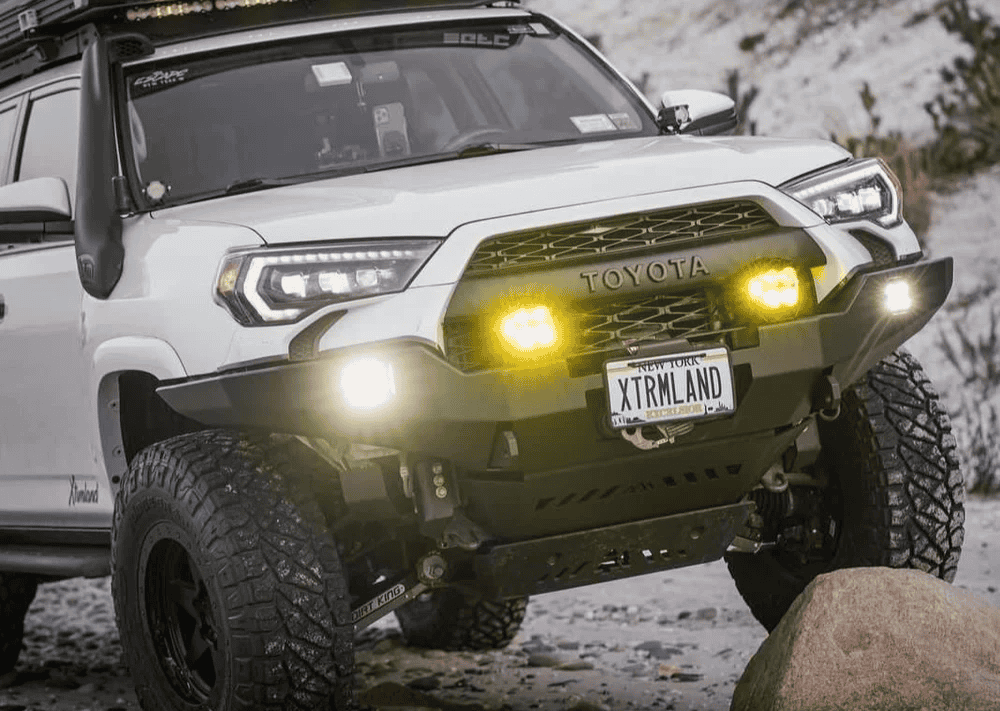Overland Vehicles

An expedition lifestyle rig is a rolling home that can cross remote terrain and remain comfortable for extended stays away from services. It is not about chasing extreme trails but about range, reliability, and livability. The core challenge is balancing weight, space, and energy so the rig drives well, sips power efficiently, and stores the essentials without clutter.
Common platforms include all wheel drive and four wheel drive vans and mid to full size trucks with canopies or campers. The right choice depends on payload needs, wheelbase length, and serviceability where you travel. Shorter wheelbases favor tight trails and ferry decks while longer layouts improve storage and sleeping comfort. Factor gross vehicle weight rating, axle ratings, and the real world weight of passengers, water, fuel, and gear before a single accessory goes on.
Modern rigs rely on a 12 volt lithium bank sized to daily consumption. Add roof solar for steady harvest, a high output alternator or DC to DC charger for reliable refill while driving, and an inverter sized for cooking or tool loads. Induction cooktops reduce fumes inside the cabin and pair well with ample battery capacity. For climate, a fuel fired heater delivers steady warmth with low draw. Efficient air conditioning requires careful system design and insulation, along with realistic expectations about runtime and recharge.
Every item should have a home and a tie down. Low mass storage keeps the center of gravity stable and helps the vehicle handle predictably on rough roads. Use modular cabinets, l track or smart rails, and soft bags for seasonal gear. Wet and dry zones prevent condensation and grime from creeping into bedding and electronics. A compact galley with a deep sink, efficient fridge, and water filtration supports simple meals without crowding walkways.
Water planning drives trip length. A typical pair can stretch 20 to 30 gallons for a week with mindful dish duty and a low flow shower. Include a sediment pre filter, a carbon stage for taste, and a way to fill from questionable taps. Gray water containment may be required in certain parks and towns, so know local rules before you roll.
Recovery is about avoiding stuck moments rather than dramatic rescues. Start with proper tire load ratings, correct pressures, and a full size spare. Quality all terrain tires add traction without the road noise of deep lugs. Suspension should match final weight with corrected geometry, improved damping, and adequate travel to keep tires in contact with the ground. Skid plates and rock sliders protect vital parts on rocky tracks. A winch is only useful with rated recovery points, a dampener, and safe rigging practices. A shovel, traction boards, and a thoughtful line choice solve most slow speed problems.
Navigation tools need redundancy. Carry offline maps on a phone and a dedicated GPS. For messaging where cell towers fade, a satellite communicator covers check ins and SOS. If you work on the road or share media, a compact satellite internet system can keep you online in open skies. Build a safety kit with a first aid bag, fire extinguisher, and carbon monoxide detector. Store it where you can reach it in seconds.
A smart plan starts with an honest gear list and a trip style profile. Are you crossing desert washboards, pine forest tracks, or coastal gravel? Each surface suggests different suspension rates and dust control strategies. Weigh the vehicle before and after the build to verify you are within gross limits and to balance left to right loads. Wire diagrams, fusing, and cable sizing should anticipate future upgrades, not just day one devices. Before a major journey, run a shakedown loop close to home. Log what you used, what you moved, and what you did not touch.
As you refine the setup, keep drivability front and center. A quiet interior with solid insulation and thoughtful sealing reduces fatigue on long days. Seats that fit your body and proper mirror or camera coverage improve confidence in tight spaces. Good lighting outside the vehicle prevents campsite chaos and helps with late arrivals without blasting neighbors.
If you want expert help aligning these choices, you can review platforms, suspension, and storage ideas here: Explore overland rigs. When it is time to blueprint the systems and specify components, see how a tailored approach comes together: Custom overland upfit. For a sense of process and quality standards from discovery to delivery, learn more here: Why choose OZK Customs.
You bring routes, hobbies, and a wish list. We bring engineering, fabrication, and the road time to filter what works from what only looks good in a parking lot. If you are ready to discuss an expedition lifestyle rig that fits your miles and your crew, tell us where you plan to go and what you need to carry. We will translate that into a build plan, schedule, and clear investment so you can pick up the keys and head straight for the first trailhead.
Ready to turn your expedition lifestyle rig idea into a field proven build that fits your routes, gear, and crew size. Share your goals and timeline. Our team will map a clear path, price the work, and deliver a capable rig that feels dialed from day one.
ADDRESS:
6159 E Huntsville Rd, Fayetteville, AR 72701
PHONE:
(479) 326-9200
EMAIL:
info@ozkvans.com